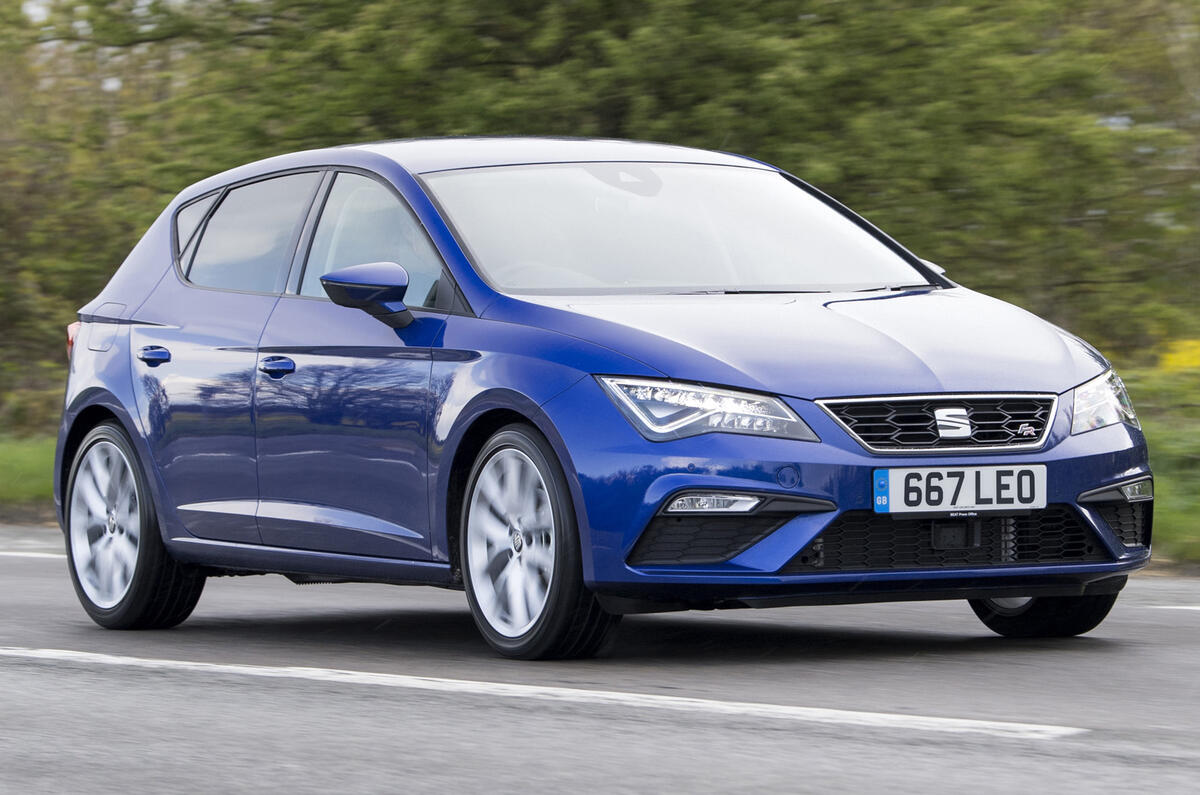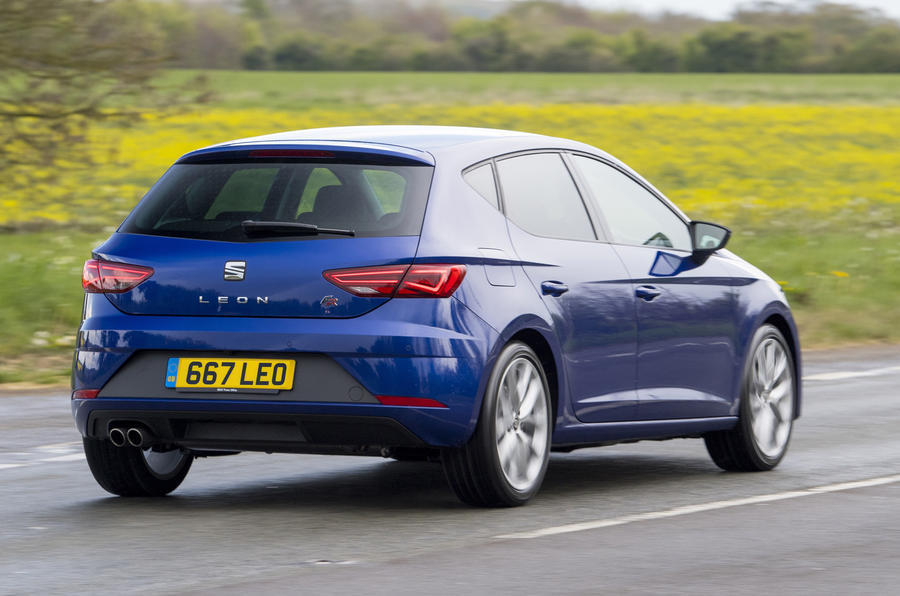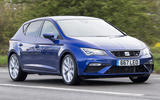The third-generation Seat Leon has greater strategic importance for Seat than either of its older namesakes. Not so long ago, Volkswagen’s Spanish outpost made plenty of larger and more expensive models than its conventional Volkswagen Golf-sized family hatchback, such as Seat Alteas, Seat Altea XLs, bustle-back Seat Toledos and the like.
Now, after the introduction of the Seat Mii city car and the new Seat Toledo in particular, the company’s portfolio is both simpler and cheaper. A stronger portfolio means a change in customer relationships, too, and Seat expected the new, class-leading the Leon to overtake the outgoing Seat Ibiza as its best-selling model over the next few years to become a flagship car for the brand. Although that balance has been redressed somewhat by the emergence of Seat Ibiza.
Cutting the old Seat Leon ties
The Seat Leon's increased significance to Seat has wrought extra distinctiveness and obvious new qualities from the car. Compared with the 2005-2012 Seat Leon hatchback, the current one is appealingly sharp-suited, richer and more practical, more technologically sophisticated, lighter, more powerful and more efficient.
Such a transformation is a major undertaking and a major success for a car company affected more than most by the Eurozone’s financial meltdown. This is also the first Seat Leon to be available in a range of bodystyles: as a regular five-door hatch, a three-door Seat Leon ‘SC’ coupé, a longer five-door Seat Leon ‘ST’ estate or as the more-rugged Seat Leon X-Perience.





































